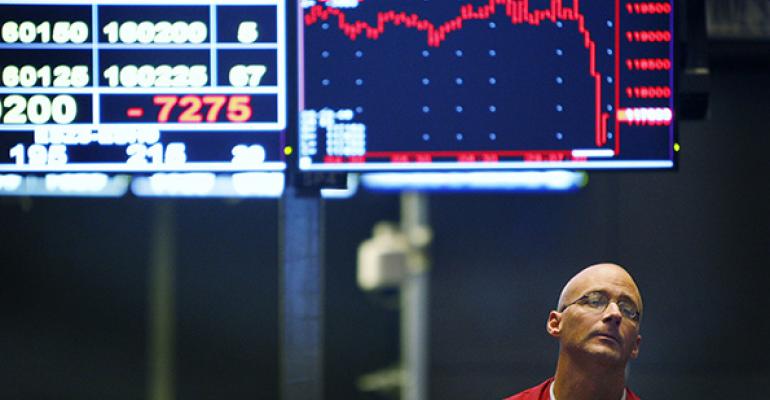By Don Schreiber Jr.
One of the pillars supporting the bull market has started to crumble. S&P 500 second quarter buybacks amounted to just $125.1 billion — a $40 billion decline over the first quarter's buyback spending and a 6.8 percent decrease year-over-year. The second quarter amount marked the smallest buyback spend since the third quarter 2013. Even more troubling, buybacks spending exceeded earnings for 137 of the S&P 500 companies. A whopping 20 percent of the companies in the S&P 500 Index reduced their year-over-year share count by more than 5 percent.1
Share buybacks make earnings look artificially better than they actually are and can cause share prices to move higher. But as companies run out of capital to fund further buybacks, it will expose how bad earnings trends look out into the future.
Central bankers in the U.S. seem determined to also weaken the accommodative monetary policy "pillar" they have spent trillions developing by raising interest rates by year’s end. They are once again caving to populous and political pressure to normalize rates as they did last year in December. The conventional belief is that the economy can withstand a quarter point rate hike and keep growing. Really? Last year, central bankers made the same assessment before the December 2015 0.25 percent rate hike and cut our GDP growth rate almost in half.2 Now with the economy growing even more slowly than last year, another rate hike is likely to push the U.S. economy into recession.
With bull market support pillars crumbling it is a good time to reevaluate the loss potential in your portfolios. Watch out for a shift in investor consensus as risk becomes clear and investors move away from the idea that the current bull market trend can go on forever. The markets tend to fall much faster than they rise. Large bear market losses can take years to overcome even in powerful bull market recoveries. Just ask any investor who was long tech stocks before the Dotcom bubble burst — the high-flying NASDAQ Index took more than 11 years to get back to even after incurring a 78 percent loss from 2000-2002.3
Don Schreiber Jr. is the founder and CEO of WBI Investments, which provides institutional and private client wealth management solutions.
1. Birstignl, Andrew. "Buyback Quarterly." FactSet.com. FactSet Research Systems Inc., 20 Sept. 2016. Web. 7 Oct. 2016.
2. "National Income and Product Accounts: GDP Second Quarter 2016." Bureau of Economic Analysis. U.S Department of Commerce, 29 Sept. 2016. Web. 07 Oct. 2016.
3. Hussman, John P. "Weekly Market Comment: Fair Value on the S&P 500 Has Three Digits" Hussman Funds. 27 Apr. 2015. Web. 8 June 2016.





